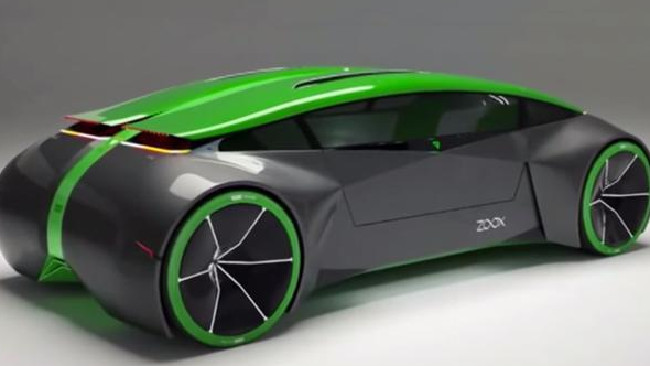The mysterious ZOOX project

AN AUSTRALIAN led Silicon Valley venture has been valued at $A1.9 billion, although no one knows exactly what the company does.
Co-founded by Victorian expat Tim Kentley-Klay, the mysterious start-up called Zoox has remained in stealth mode for the two years it has been in operation.
While the company’s website has no details, Zoox’s LinkedIn page offers slightly more information.
“We’re developing fully autonomous vehicles and the supporting ecosystem required to bring this technology to market,” the company’s LinkedIn page reads.
“Sitting at the intersection of robotics, machine-learning, and design, Zoox aims to provide the next generation of mobility-as-a-service in urban environments.
“We believe the transition to self-driving vehicles requires a combination of elegant vision and uncompromising execution.”
Despite the ambiguous LinkedIn description, Zoox has done very little in the way of offering a sneak-peek into its technology.
It appears the mystery surrounding the company seems to be working, with SiliconBeat reporting Zoox raising an additional $A64 million last month — taking its total value to $A1.9 billion.
The investment is welcomed by Zoox, as it allows them to financially compete with Google, Uber and a number of other companies muscling in on the automated-vehicle market.
In addition to the funding, Zoox is one of 18 companies to receive approval to test its self-driving cars on Californian roads.
While Mr Kentley-Klay has been adhering to the company’s stealth mode by not speaking to the media, he did offer slight hints to Zoox’s business model at a conference in May.
“We don’t see ourselves as an autonomous car company,” he said during the presentation, reported AFR.
“We actually see ourselves as a robotics company, not an automotive company. And I think when you look at mobility through that lens, you start thinking differently.”
Mr Kentley-Klay went onto say Zoox was more focused on self-driving technology than the ability to produce vehicles on a large scale.
“We don’t need a forward windshield, we don’t need a steering wheel, we don’t need side mirrors, we don’t need windscreen wipers. We actually want to optimise the architecture for machine vision, not human vision,” he said.
“Then we can also change the interior experience to optimise what we want to be doing, not for the business of having to sit behind a steering wheel.”
While unable to give any precise details, Mr Kentley-Klay added the company would create something that had never been seen before.
“This product is kind of like halfway between private car ownership and public [transport] meeting in the middle,” he said.
“When you’re not using it, someone else is. But when you’re in it, it’s like a private car or better experience. Maybe one day, even like a little bit of a jet experience.”
src: news.com.au
